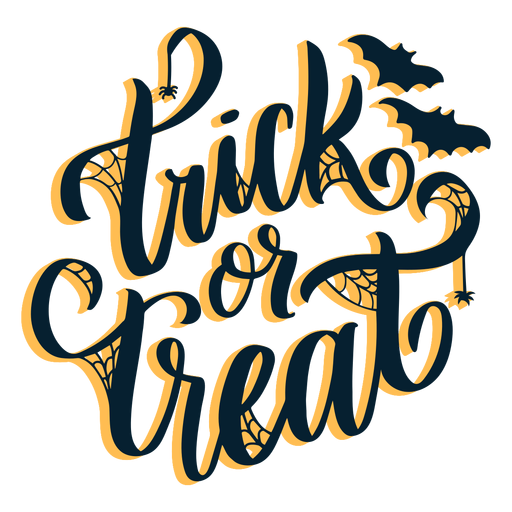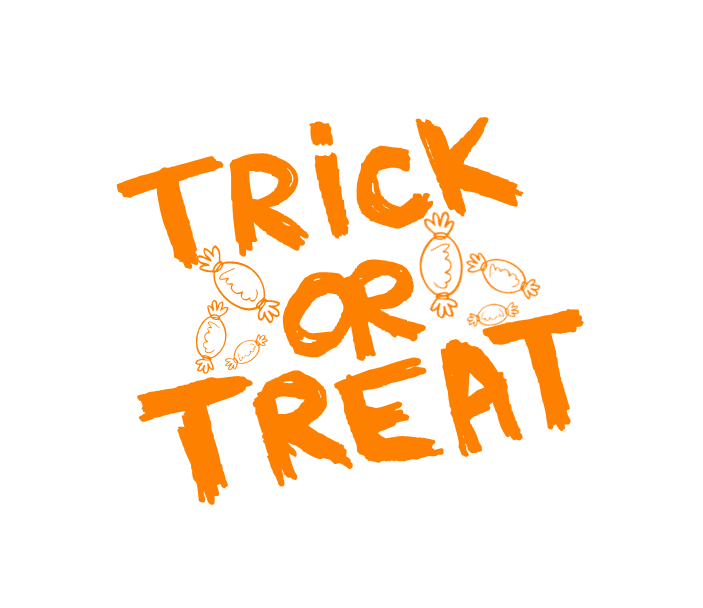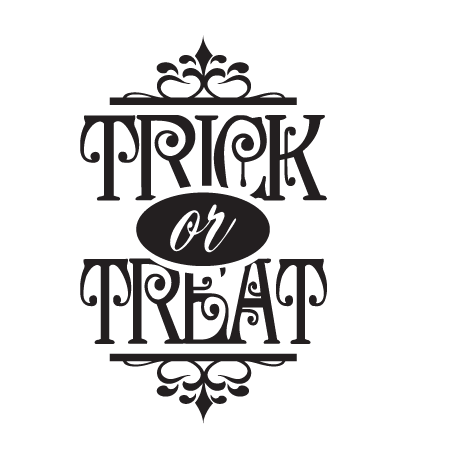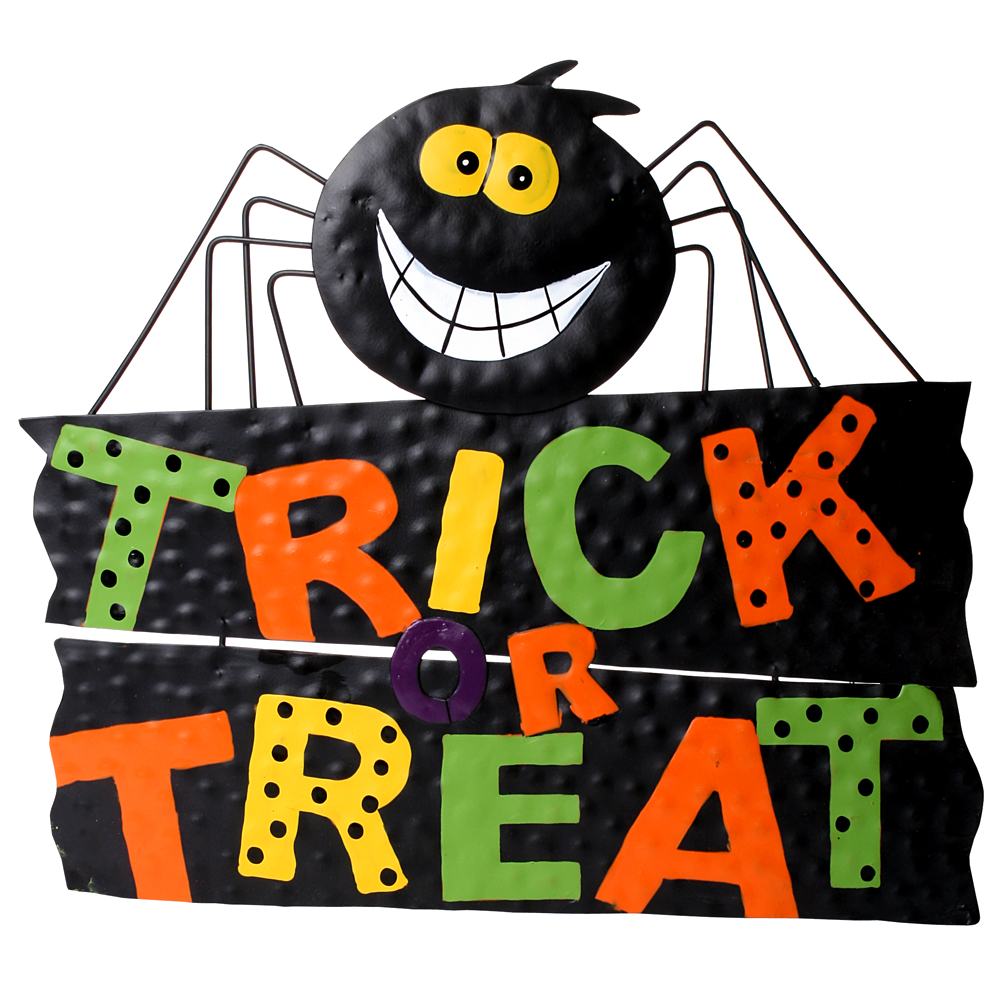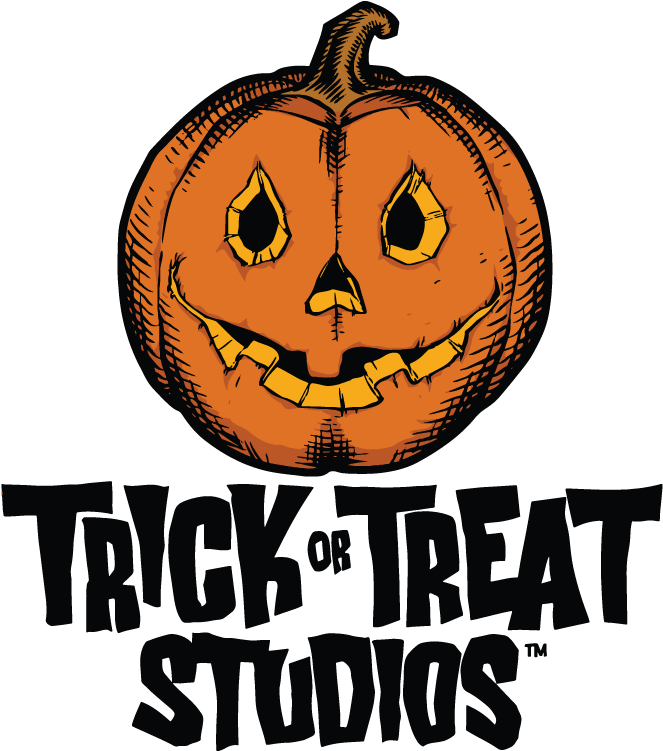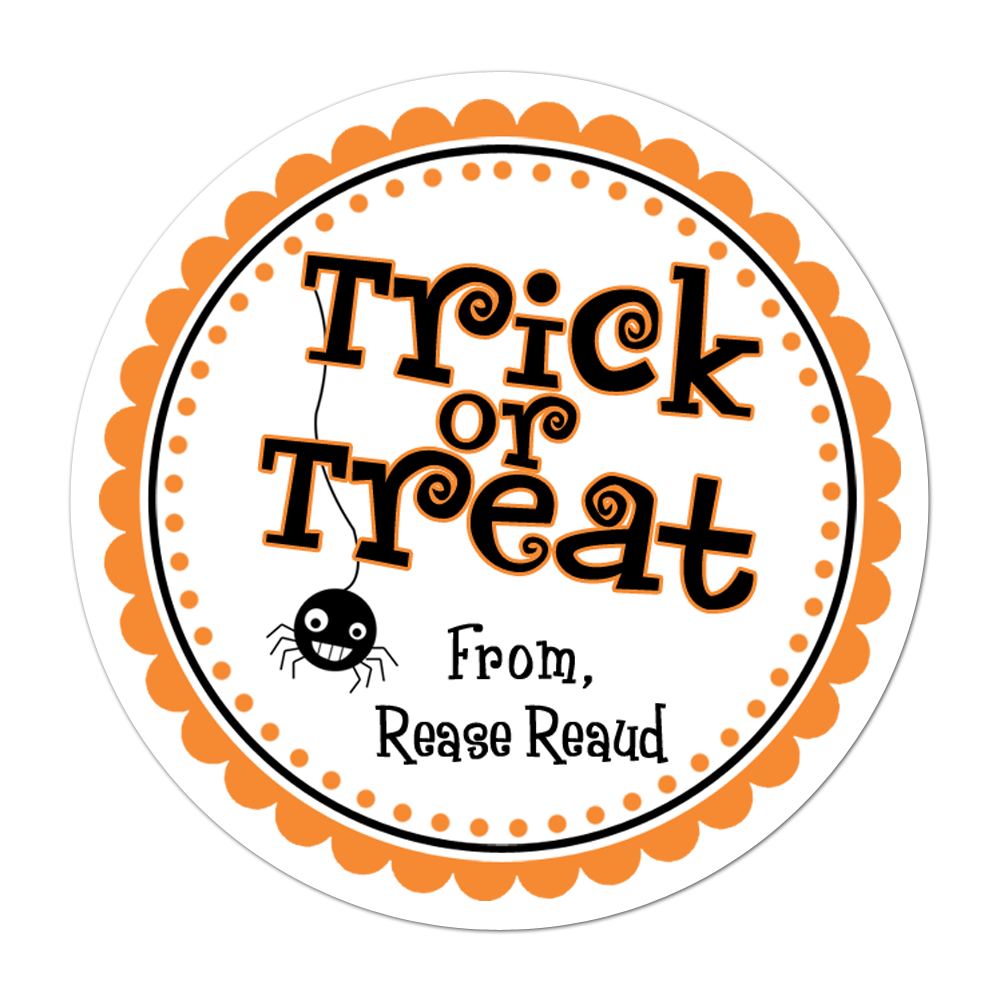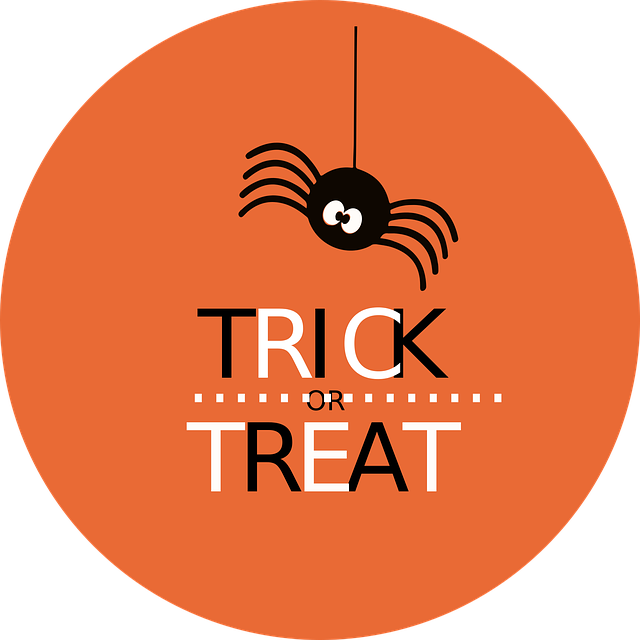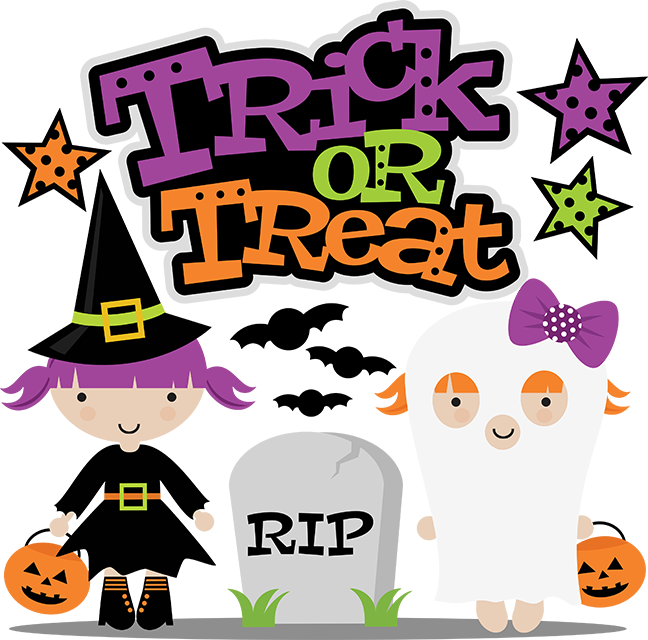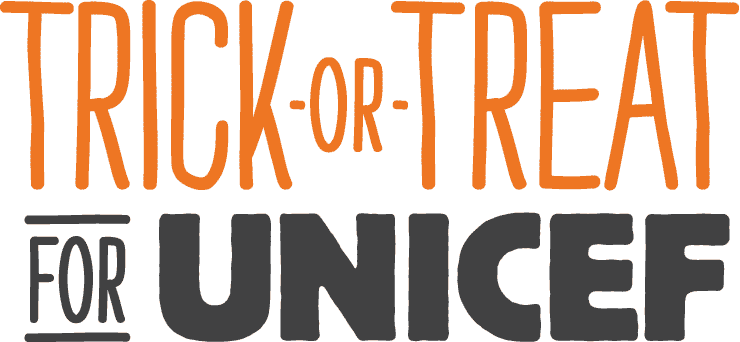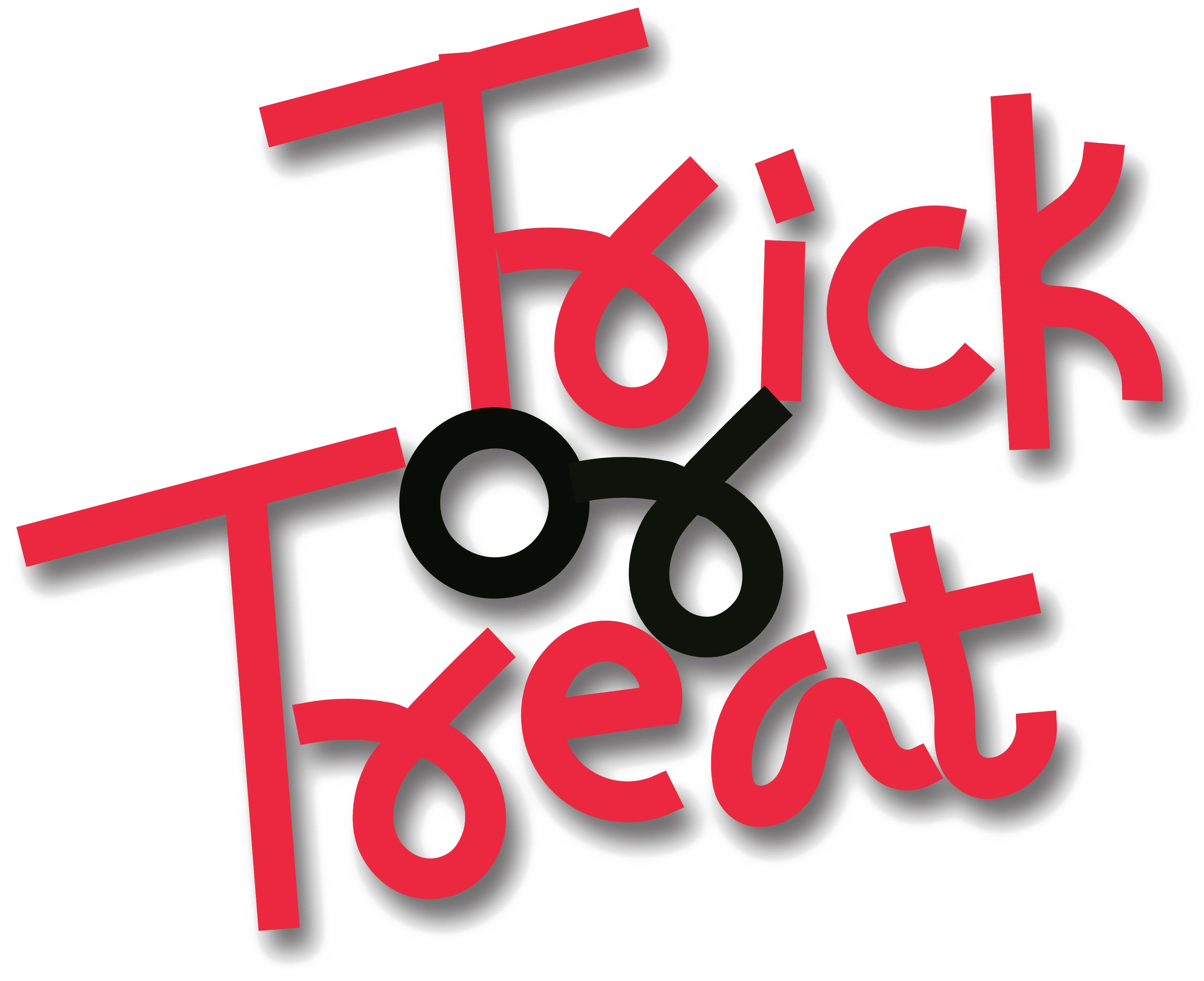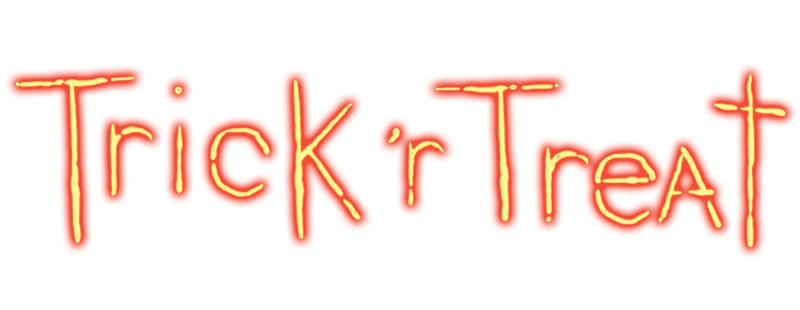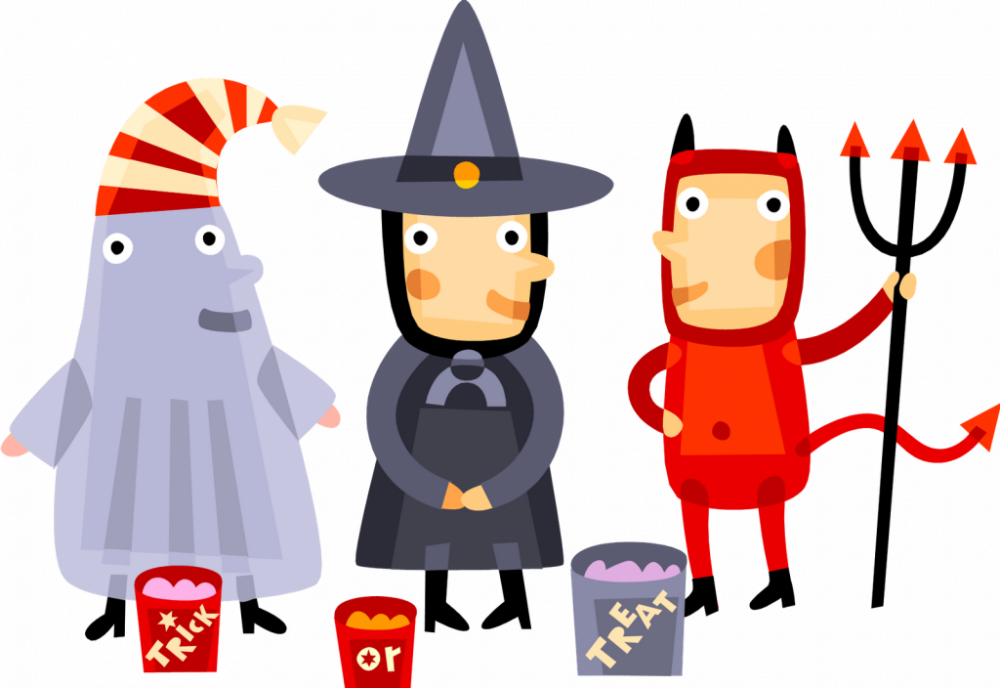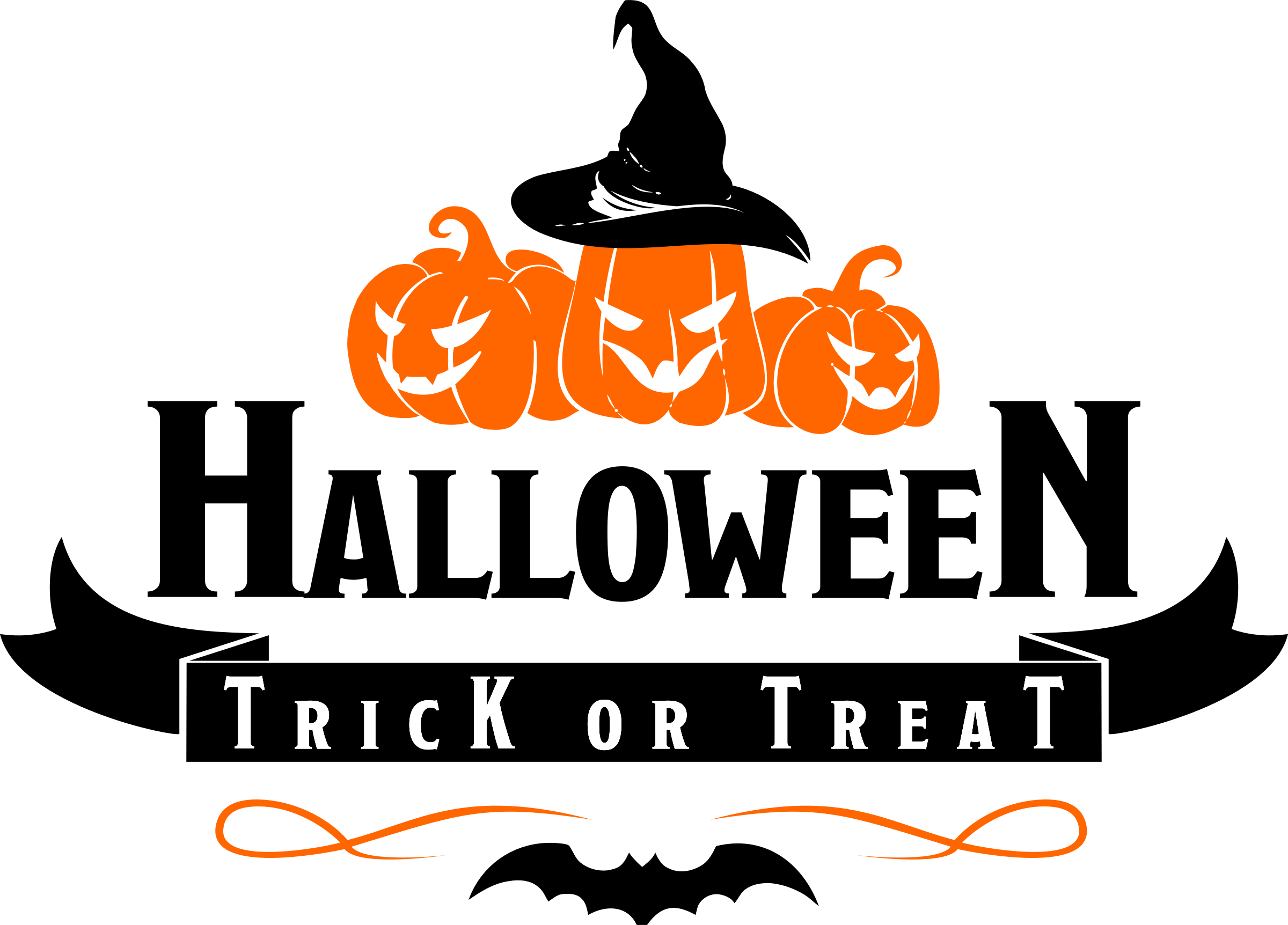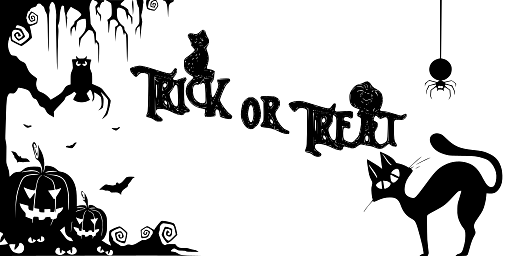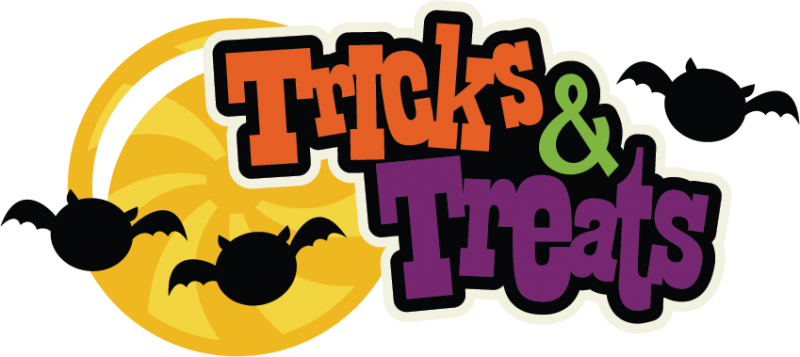Download top and best high-quality free Trick Or Treat PNG Transparent Images backgrounds available in various sizes. To view the full PNG size resolution click on any of the below image thumbnail.
License Info: Creative Commons 4.0 BY-NC
In certain nations, trick-or-treating is a typical Halloween practice for both children and adults. Children dressed in costumes go door to door the night before All Saints’ Day (1 November), begging for sweets using the term “trick or treat.” The “treat” is generally sweets, however money is also offered instead in other cultures. If no treat is offered, the “trick” refers to a threat, generally made in jest, to cause damage to the homeowner(s) or their property. Trick-or-treating generally takes place on October 31st. Some homeowners display Halloween decorations outside their doors to indicate that they are prepared to dole out candy; others simply leave sweets on their porches for the kids to take as they want. As a universal signal that they have candy, houses may also keep their porch light on.
The practice of going door to door collecting food on Halloween in Scotland and other areas of Britain and Ireland, as well as the history of individuals dressing up for Halloween, dates back at least to the 16th century. Many tales exist from 19th-century Scotland and Ireland of individuals going door to door in costume on Halloween, performing poems in return for food, and perhaps threatening bad luck if they were not accepted.
Trick-or-treating has been a Halloween ritual in North America since the 1920s. The earliest documented incidence of the Scottish Halloween ritual of “guising” – youngsters traveling from house to house seeking food or money while dressed up ” dates from 1911, when children in Ontario, Canada were observed doing so. While visiting door to door in costume has long been a tradition among Scots and Irish, the phrase “trick or treat” only became widespread in Scotland and Ireland in the 2000s.
Prior to this, youngsters in Ireland would frequently knock on homes and say, “Help the Halloween Party.” In the United States, Canada, the United Kingdom, the Republic of Ireland, Australia, Puerto Rico, and northern and central Mexico, the activity is widespread. Last but not least, this custom is known as calaverita (Spanish diminutive of calavera, which means “skull” in English), and instead of “Trick or treat,” the kids ask, “Me da mi calaverita?” (“Could you please give me my tiny skull?”) A calaverita is a little sugar or chocolate skull.
In areas of Britain and Ireland, there has been a custom of mumming on specific holidays since the Middle Ages. It entailed going door-to-door dressed up and performing brief scenes or portions of plays in return for food and drink. Trick-or-treating on Halloween may have originated in the notion that supernatural entities, such as the souls of the dead, wandered the earth at this time and needed to be appeased.
It might perhaps have originated in a Celtic celebration celebrated on the 31st of October”1st of November to commemorate the start of the winter season. In Ireland, Scotland, and the Isle of Man, it was Samhain, while in Wales, Cornwall, and Brittany, it was Calan Gaeaf. The festival’s origins are said to be pre-Christian. The Catholic Church declared November 1st to be All Saints’ Day in the ninth century.
It was viewed as a transitional time among Celtic-speaking peoples, when spirits or fairies (the Aos S) and the souls of the dead entered into our realm and were appeased with food and drink offerings. Other areas of Europe had similar ideas and practices. Trick-or-treating is thought to have developed from a practice in which individuals pretended to be ghosts or souls of the deceased and accepted donations on their behalf. They “personify the ancient spirits of the winter, who sought payment in exchange for good fortune,” according to S. V. Peddle. It was also thought that impersonating these spirits or souls would shield one from them.
“A soul-cake, a soul-cake, a soul-cake, a soul-cake, a soul-cake, a soul-cake, a soul-cake, a soul-cake, a soul-cake, a soul-cake ” a well-known English rhyming couplet
At least as early as the 15th century, Christians had a tradition of exchanging soul-cakes at Allhallowtide (October 31 through November 2). People would go to people’s homes and take soul-cakes as representations of the deceased or in exchange for prayers for their souls. Later, “around Halloween, people went from parish to parish asking soul-cakes by singing under the windows some such lyric as this: ‘Soul, souls, for a soul-cake; Pray you kind mistress, a soul-cake!” “Mercy on all Christian souls for a soul-cake,” they would usually beg. It was called ‘Souling,’ and it was heard in areas of the United Kingdom, Flanders, southern Germany, and Austria. In his play The Two Gentlemen of Verona (1593), Shakespeare references the practice when Speed accuses his master of “puling like a beggar at Hallowmas.”
Download Trick Or Treat PNG images transparent gallery.
- Trick Or Treat PNG Images
Resolution: 512 × 512
Size: 149 KB
Image Format: .png
Download
- Trick Or Treat PNG Photo
Resolution: 703 × 608
Size: 41 KB
Image Format: .png
Download
- Trick Or Treat PNG Photos
Resolution: 450 × 450
Size: 20 KB
Image Format: .png
Download
- Trick Or Treat PNG Pic
Resolution: 1000 × 1000
Size: 1002 KB
Image Format: .png
Download
- Trick Or Treat PNG Picture
Resolution: 663 × 751
Size: 62 KB
Image Format: .png
Download
- Trick Or Treat PNG
Resolution: 1126 × 980
Size: 118 KB
Image Format: .png
Download
- Trick Or Treat Transparent
Resolution: 1004 × 980
Size: 26 KB
Image Format: .png
Download
- Trick Or Treat
Resolution: 1000 × 1000
Size: 305 KB
Image Format: .png
Download
- Trick Or Treat Background PNG
Resolution: 640 × 640
Size: 79 KB
Image Format: .png
Download
- Trick Or Treat No Background
Resolution: 648 × 640
Size: 215 KB
Image Format: .png
Download
- Trick Or Treat PNG Background
Resolution: 480 × 200
Size: 5 KB
Image Format: .png
Download
- Trick Or Treat PNG Clipart
Resolution: 500 × 500
Size: 41 KB
Image Format: .png
Download
- Trick Or Treat PNG Cutout
Resolution: 740 × 342
Size: 28 KB
Image Format: .png
Download
- Trick Or Treat PNG File
Resolution: 3200 × 2606
Size: 1835 KB
Image Format: .png
Download
- Trick Or Treat PNG Free Image
Resolution: 2387 × 1737
Size: 151 KB
Image Format: .png
Download
- Trick Or Treat PNG HD Image
Resolution: 800 × 310
Size: 78 KB
Image Format: .png
Download
- Trick Or Treat PNG Image File
Resolution: 1000 × 688
Size: 359 KB
Image Format: .png
Download
- Trick Or Treat PNG Image HD
Resolution: 2400 × 1724
Size: 171 KB
Image Format: .png
Download
- Trick Or Treat PNG Image
Resolution: 512 × 256
Size: 18 KB
Image Format: .png
Download
- Trick Or Treat PNG Images HD
Resolution: 800 × 357
Size: 196 KB
Image Format: .png
Download
